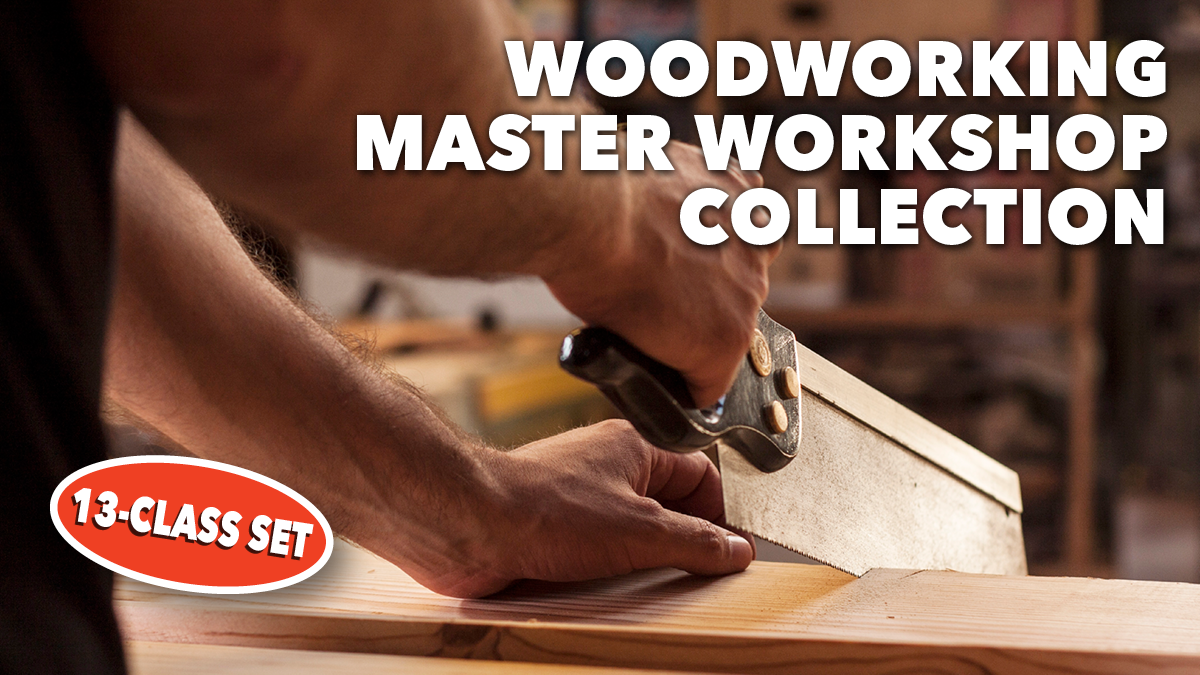
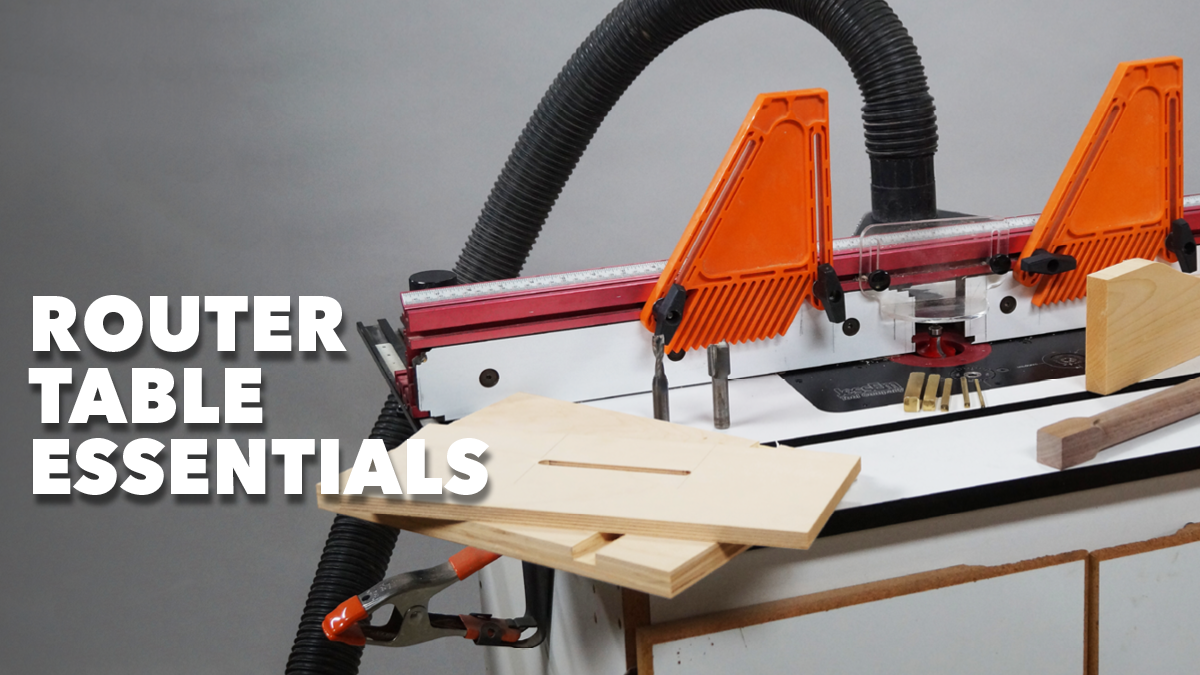
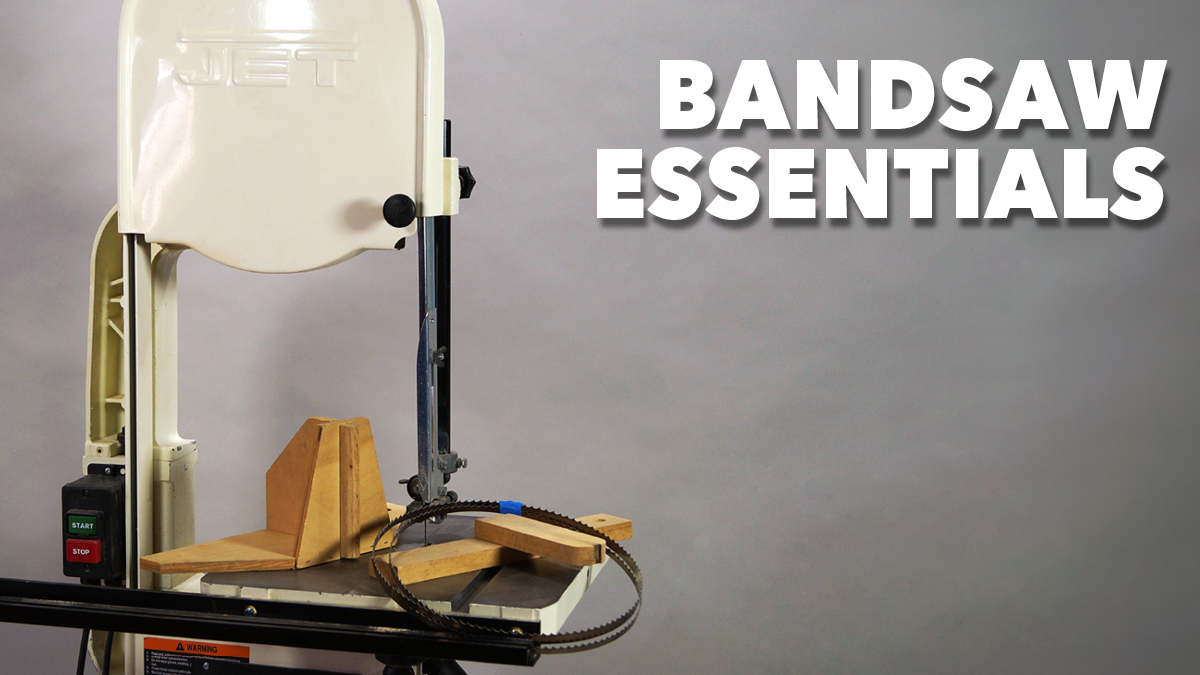
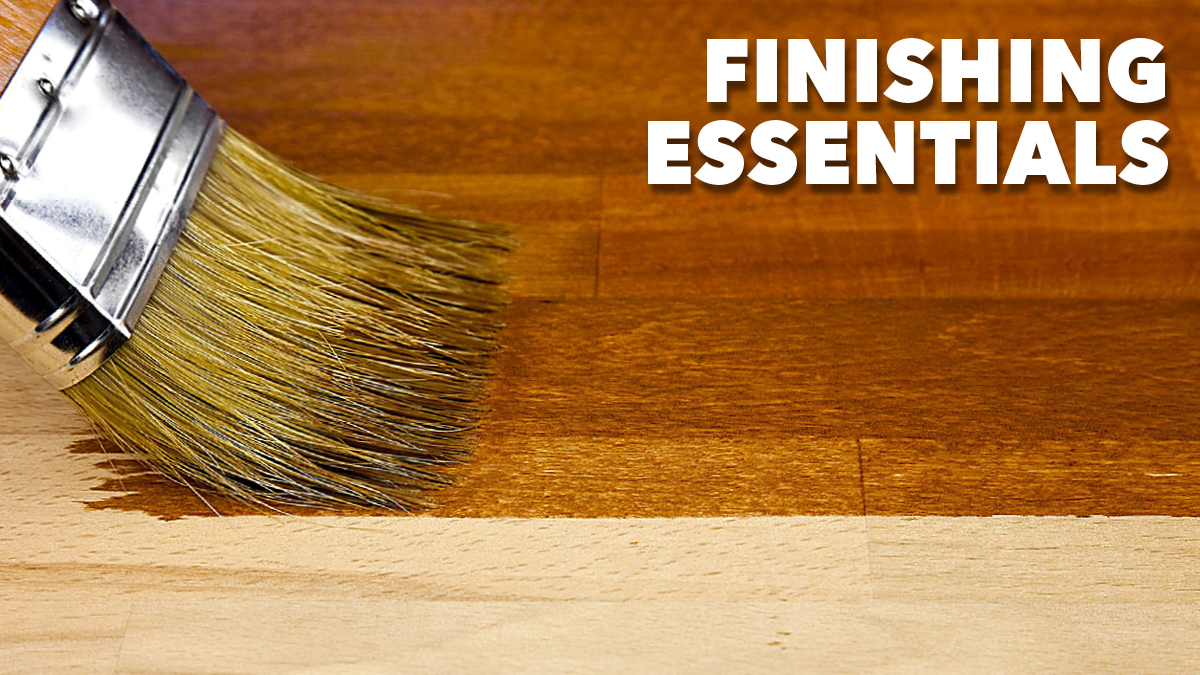


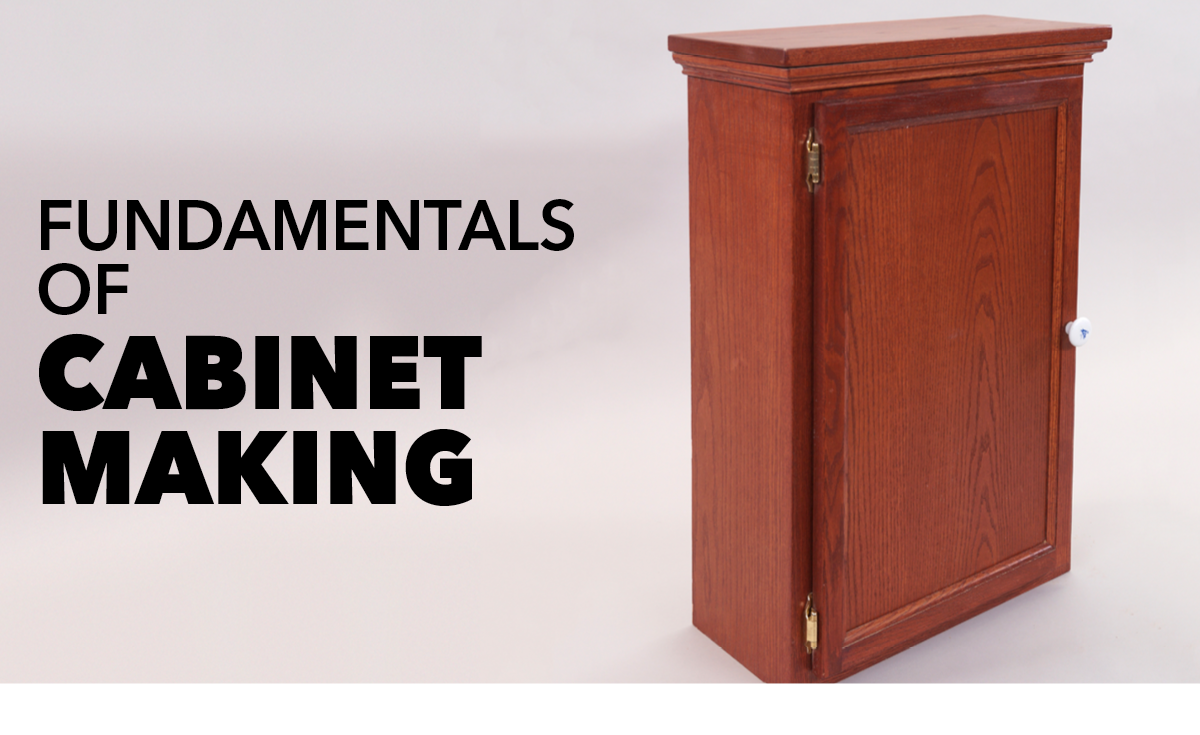
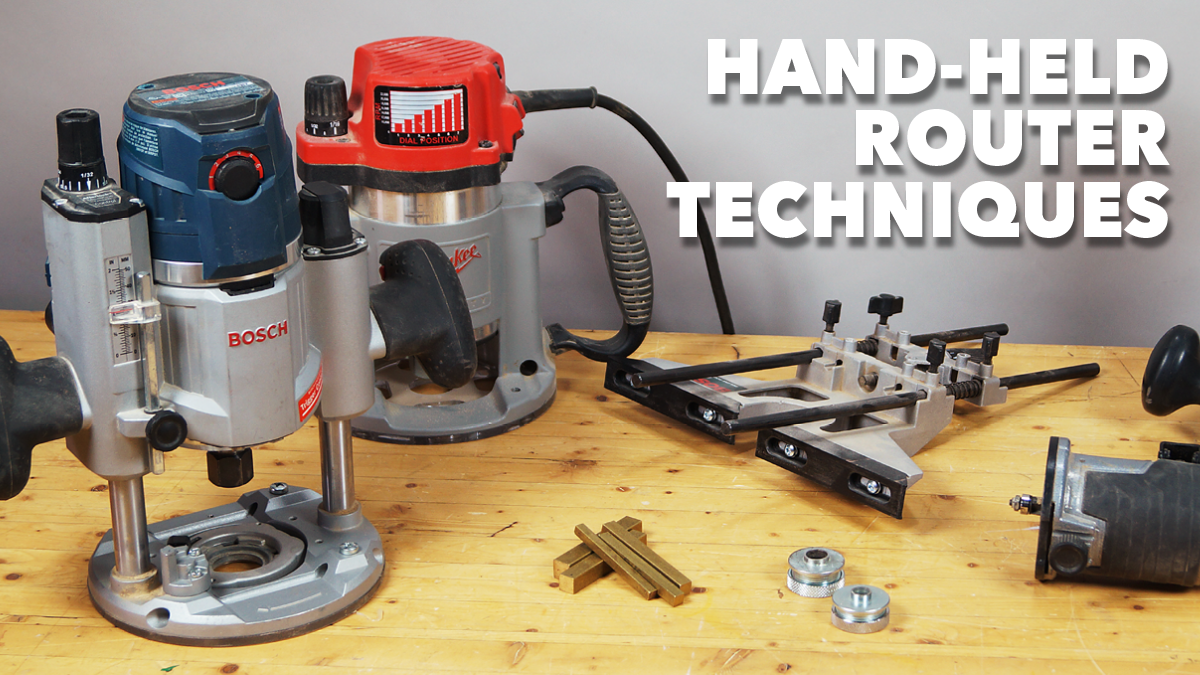
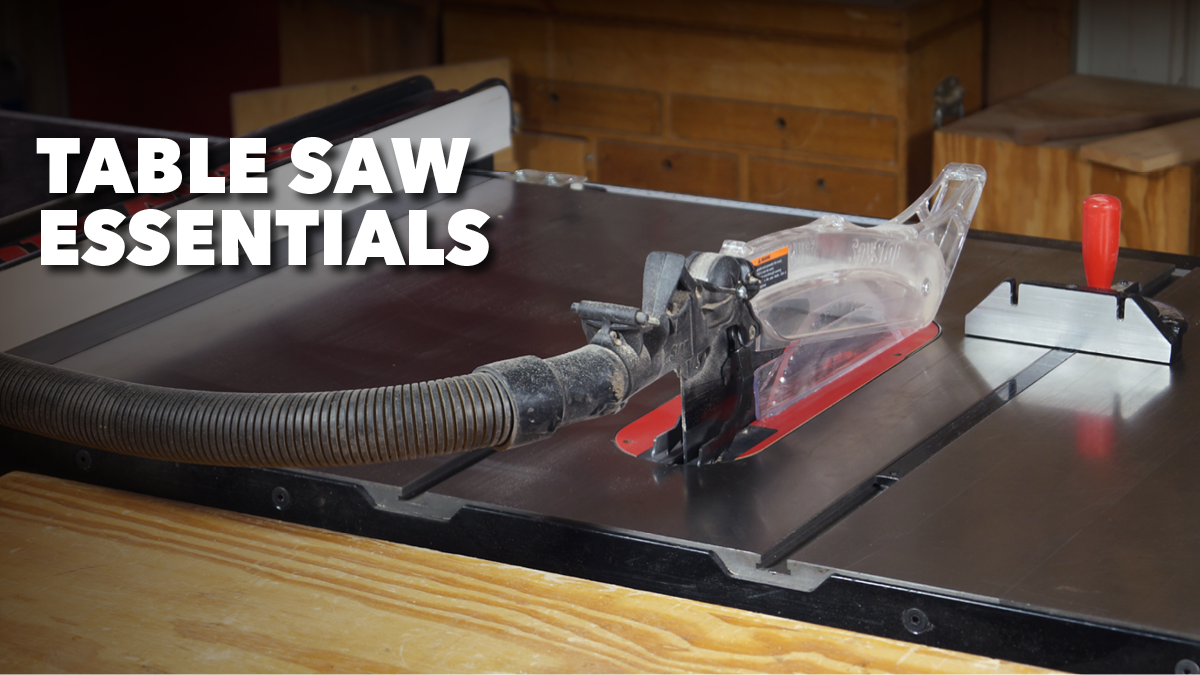
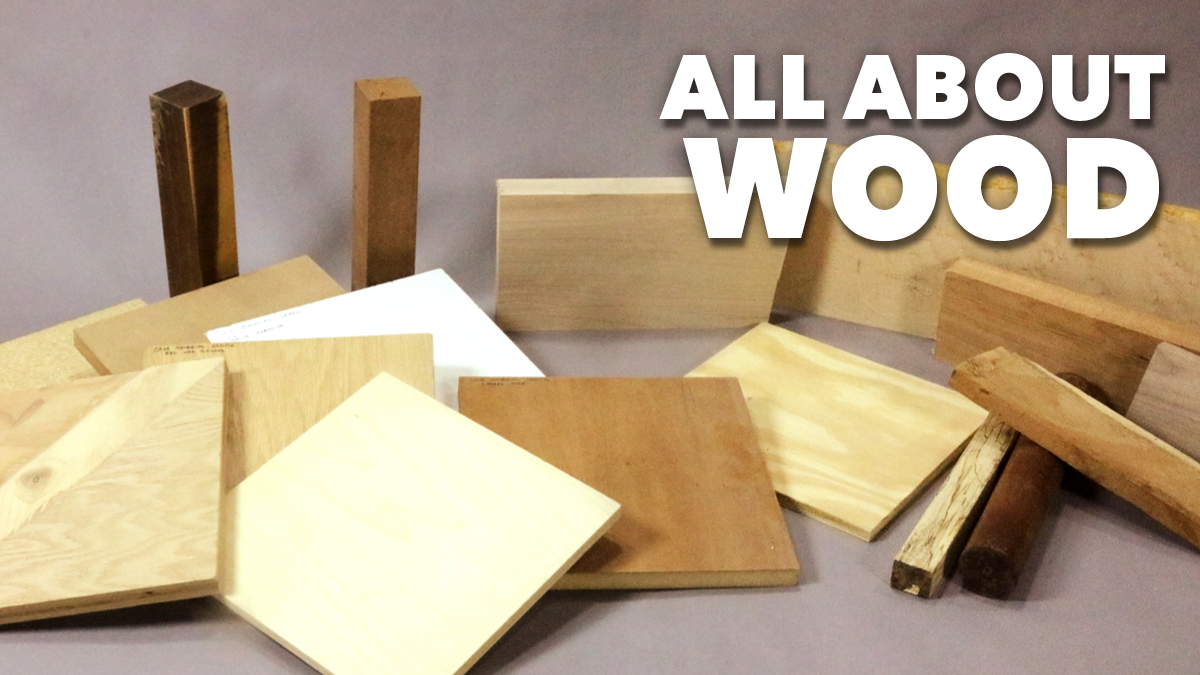
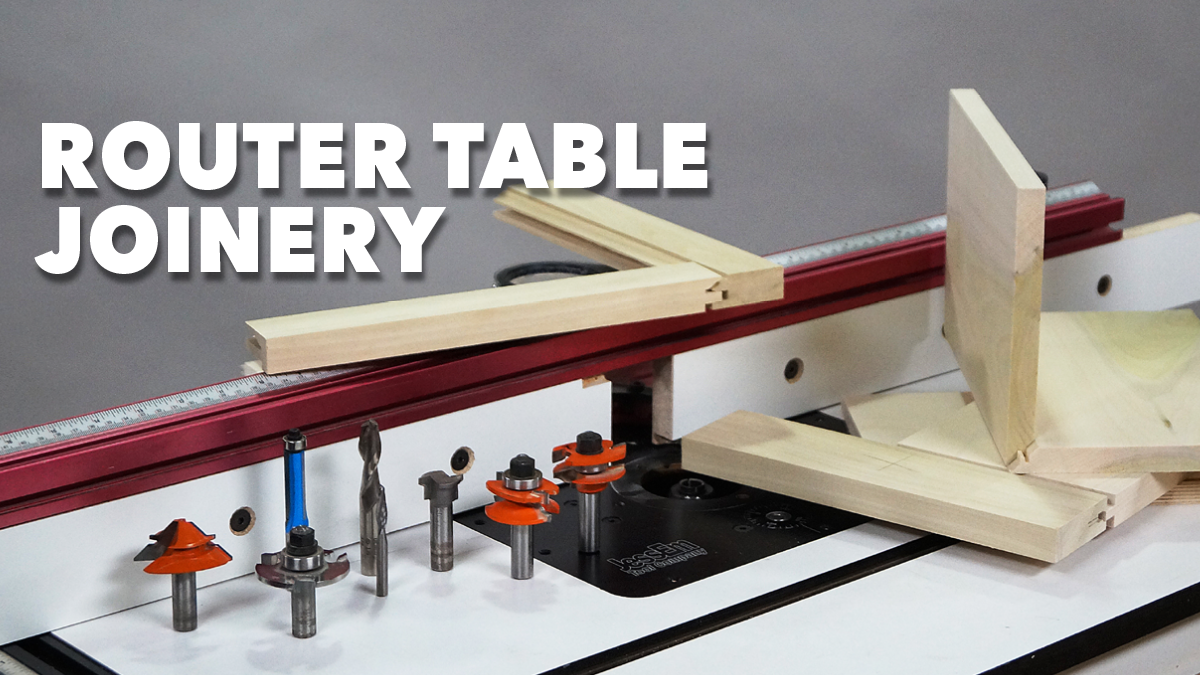
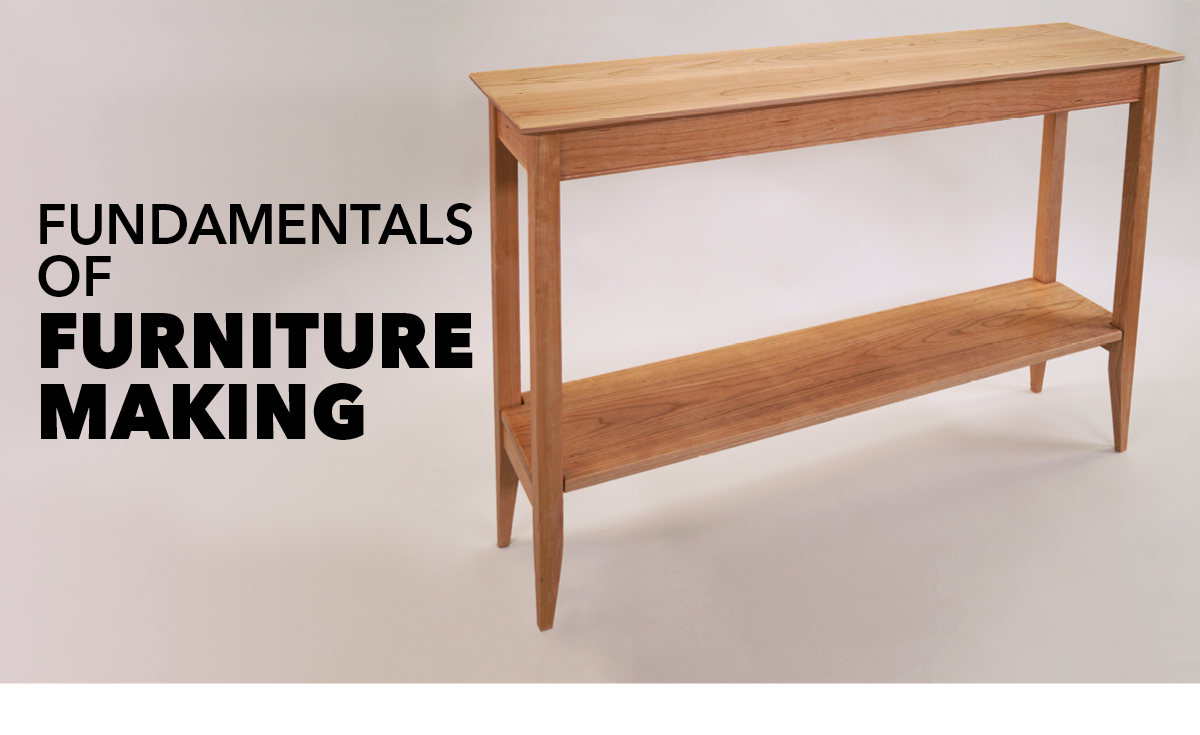
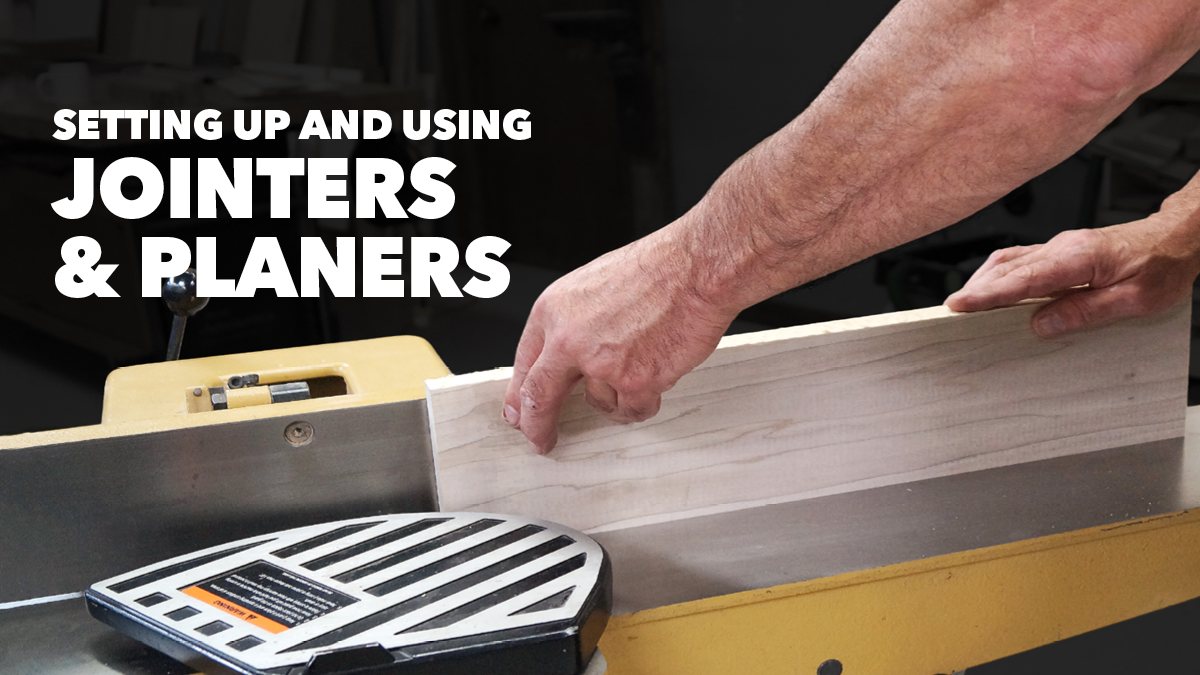
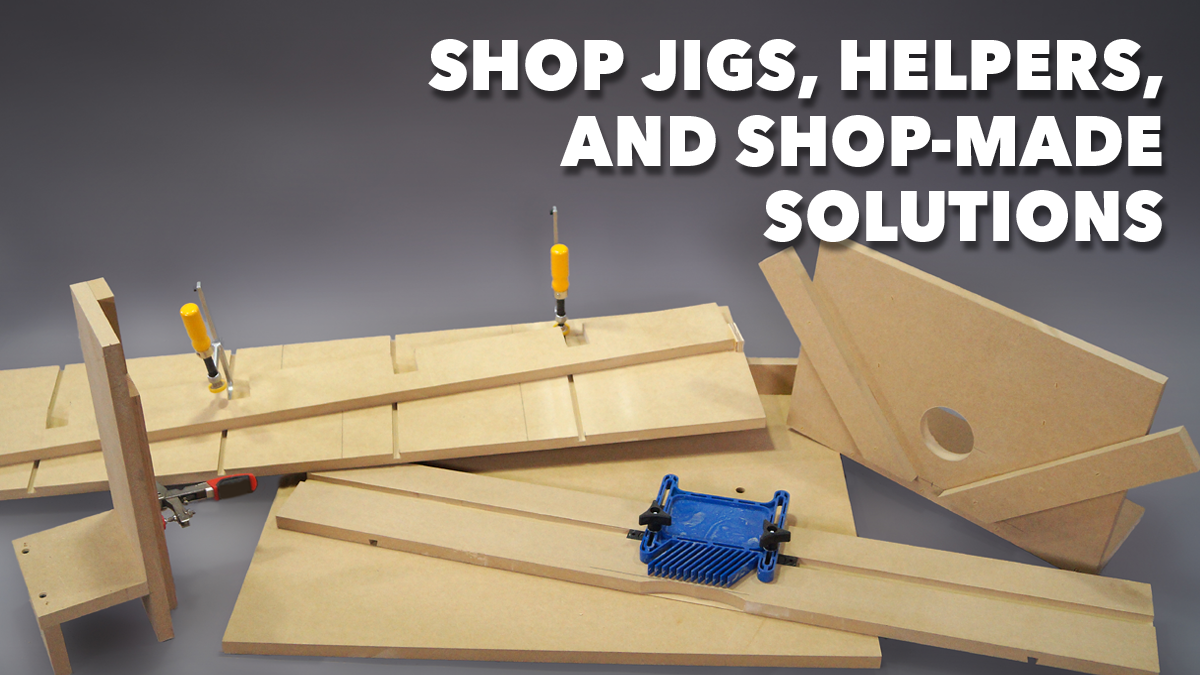














Woodworking Master Workshop Collection
$100.00
You Save 75%Woodworking Master Workshop Collection
Learn essential skills every woodworker should keep in their toolkit with the Woodworking Master Workshop Collection.
Whether you’re a seasoned woodworker or new to the craft, instructor George Vondriska will be your guide throughout 13 detailed classes to inspire a new outlook on your craft with every skill gained.
In-depth instruction for woodworking essentials include discovering the possibilities of your router table, learning bandsaw safety, finishing your project with top coats, fundamentals of cabinet making, and so much more.
Optimize using these videos as a teaching tool by watching them in this order:
All About Wood
Shop Safety
Table Saw Essentials
Setting up and Using Jointers and Planers
Hand-Held Router Techniques
Bandsaw Essentials
Router Table Essentials
Fundamentals of Cabinetmaking
Fundamentals of Furniture Making
Finishing Essentials
Router Table Joinery
Table Saw Joinery
Shop Jigs, Helpers and Shop-Made Solutions
Enjoy the convenience of having access to stream all video classes online. Each of the 13 classes includes bonus printable PDF resources as an added supplement to the video instruction.
All About Wood
Woodworking requires a variety of material, making it important to carefully choose the best fit for your project. Begin with an introduction on a wide array of commonly used woods and man-made materials—melamine, plywood, and dry lumber, to name a few. Learn the difference between hardwood and softwood, how to calculate board feet to determine what you’ll need for your project, and discover a variety of “defects” to add character to your masterpiece.
Shop Safety
Whether you’re a seasoned woodworker or just getting started, pocket these must-have safety tips and instructions to ensure you're learning the right way to woodwork. Begin with general safety— discover personal protective equipment, tips for being safety conscious, and general procedures to guarantee a safe shop environment. From jointer safety to drill press safety, learn a variety of safety skills for many different tools.
Table Saw Essentials
Every woodworking shop needs a table saw. Begin with testing your table saw’s capabilities— from achieving perfectly square cuts to choosing the correct blade. Learn crosscutting techniques and how to create your own sacrificial fence before jumping into edge banding and splines. Stackable dado heads are crucial if you’re planning to do joinery on your table saw, so master the skills for stacking the dado head without chipping a tooth and safety cutting dadoes. Lastly, use standard rip blades for custom-sized grooves and rabbets.
Setting Up and Using Jointers and Planers
Make the most of your jointer and planer by properly and safely setting up the machine. Jointer knives will often need to be sharpened and replaced— learn how with a good quality straight edge. From setting the outfeed table to eliminate snipe from your cuts, to learning specific techniques like using the planer for edge jointing narrow pieces, maximize your machines for optimum performance.
Hand-Held Router Techniques
Maximize the versatility of your hand-held router. Get started by running through the wide array of routers in the marketplace, then discuss bit selection and maintenance. Since hand-held routers are often used for decorative details on an edge, learn to cut burn-free and with very little sanding after-care. Additionally, learn the benefits of using a fence to guide your router. From cross cutting to freehand sign making, discover all the flexibility your router offers.
Bandsaw Essentials
First, always make sure your saw is up-to-snuff before diving into cutting. Check the tires, confirm the table is square to the blade, then choose the width of blade and tooth count for your project. Bandsaw safety is crucial— learn hand positioning and how to control the workpiece. Because perfection isn’t always attainable, master two approaches to resawing, then discover a variety of approaches to match the height of your fence to your work. Finish up class with eliminating small offcuts jamming between the saw blade and the table insert using scraps you most likely have lying around.
Router Table Essentials
Team up with George Vondriska and learn all possibilities of your router table through tips and fundamental skills. First, determine what style of router works best for you— choose between 1/4 in and 1/2 in shanks, properly install a bit in a collet with ease, and master how to shape a dull bit. Next up, learn how to make clean cuts, create dadoes, rabbets, slots, and keyhole bits. Take on different techniques to avoiding chipping on the exit side, then finish up class with custom dowels, two different techniques for trimming to a pattern, and great ways for making multiple parts.
Fundamentals of Cabinet Making
Once you master cabinet making, you open doors for many other projects. Begin by choosing what materials work best for your project. Learn joinery rules of thumb and tricks for setting the width of the dado head before moving to case assembly and registering the jig on your case parts. Simplify crafting the face frame and door, assemble face frames to the cabinet without slipping in glue, band the edge with ease, and walk through the calculation for creating a door part size that fits. Finally, after all your hard work, cap off the cabinet.
Fundamentals of Furniture Making
Learn tools and techniques for constructing your furniture—from scaling the joinery to producing a perfectly fitting joint. Begin by prepping your parts before moving into standard rules for dimensioning mortise and tenon joints. Transform your rails with a simple router bit, and learn rules for laying out an attractive taper. Finish out class and assemble your furniture with ease through staging and heavy consideration on the order of your parts.
Finishing Essentials
Prepping for finish is just as important—if not more— than finishing the process. Learn methods for eliminating blotchy finishes and preventing end grain from appearing darker than other surfaces. Next, discover the difference between pigments and dyes and discuss the advantages of aniline dye. Create shop-made finishing pads to reduce steaks, and decide which style of brush to use depending on whether you applied water-based or solvent-based finish. Top things off by applying top coats and determine which finish is the ideal choice for your project.
Router Table Joinery
It’s hard to beat the versatility of joinery that can be done on a router table. Begin by learning about a variety of joints and how your router table can be a great jointer. Shift into breadboard ends on furniture, creating frame and panel doors, mortise and tenons, and using draw locks for a solid and fast means of putting draws together. Finish up class with learning the secrets to lock miters for a fuss-free set up.
Table Saw Joinery
Begin class with dadoes and rabbets— an absolute must-have joint. Learn a simple shop-made jig that eliminates guess work out of setting the dado head width for a perfect fit. Jump over to half lap joints before determining how to correctly size a tenon through three approaches. Next up, get acquainted with the cross halving joint— great for joining pieces edge over edge. Finish up class with drawer joints and how to create solid corners, all while cutting the groove for the drawer bottom in one set up.
Shop Jigs, Helpers and Shop-Made Solutions
Building your own jigs and fixtures for your shop just got easier. Begin with cross cutting large panels and cutting tapers and straight-line edging boards, then discover step-by-step instructions for building jigs along with demonstrations. After working through ours jigs, channel your inner creativity and cook up ideas for other jigs to use in your shop.
